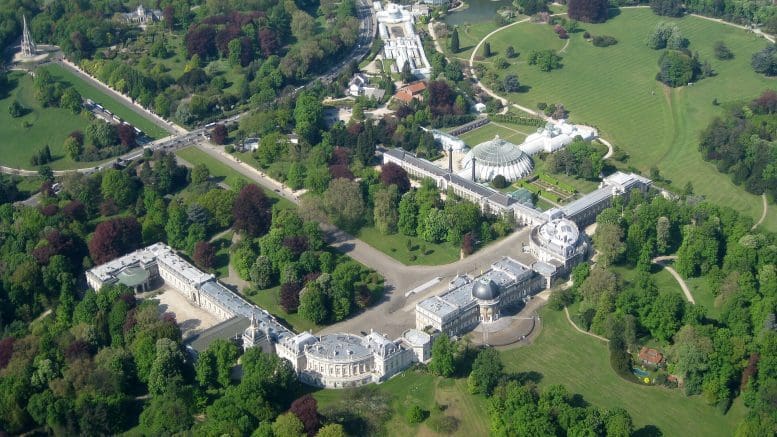Behind a long fence and rows of hedges north of Brussels sits the Palace of Laeken. It’s not marked by signs or crowds. The estate covers hundreds of acres and has been used by Belgium’s royal family for a very long time.
Construction began in 1782. The palace was initially built for Austrian rulers and was known as the Palace of Schonenberg. Its design followed neoclassical principles. After political shifts in Europe, the property changed hands several times. Napoleon Bonaparte used it during his rule. Later, it became part of the Dutch crown.
In 1831, King Leopold I moved in. He was Belgium’s first king after independence. Since then, the palace has remained the primary residence of the country’s monarchs. King Philippe and Queen Mathilde currently live there with their children.
King Leopold II expanded the palace and added the Royal Greenhouses. These large glass structures contain rare plants and are open to the public for a few weeks each spring. He also added two wings to the building, giving it a U-shaped layout.
The estate includes the Chinese Pavilion and Japanese Tower. These were inspired by international exhibitions and reflect East Asian architectural styles. They are now part of the Museums of the Far East. The grounds also feature lakes, wooded areas, and a golf course. There is a crypt on the grounds, which serves as the final resting place for members of the Belgian Royal Family.
While the palace itself is not open to visitors, there are occasionally public events hosted on the grounds. Though private, Laeken is a pivotal residence for the Belgian Royal Family and plays an important role in royal life.






Be the first to comment on "The Palace of Laeken: The private heart of Belgium’s monarchy"